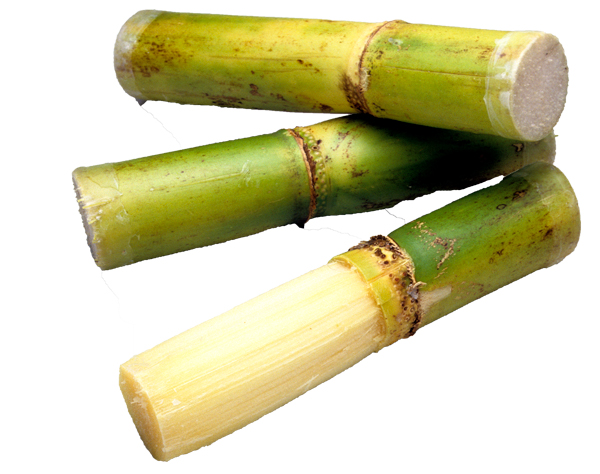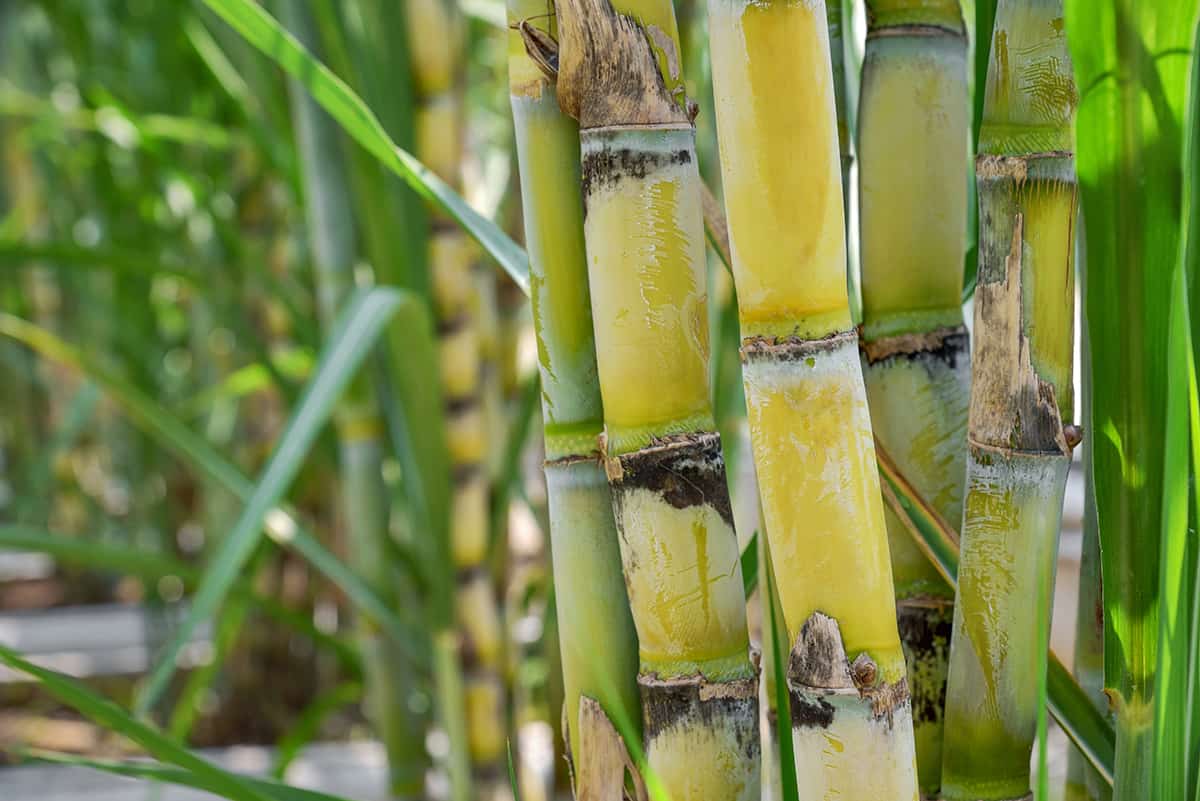Just How Walking Cane Sugar Handling Chemicals Improve Sugar High Quality and Return
The duty of handling chemicals in walking cane sugar production is crucial, as they directly affect both the top quality and yield of the end product. By using compounds such as lime and phosphoric acid, suppliers can efficiently eliminate pollutants and boost extraction effectiveness. The consolidation of triggered carbon and enzymes offers to maximize the malfunction of intricate sugars, ultimately leading to a purer and higher-quality sugar. The complexities of just how these chemicals connect within the processing setting raising questions concerning their lasting effects and prospective advancements in the market.
Introduction of Walking Stick Sugar Processing
Walking cane sugar processing includes a series of vital actions that transform raw sugarcane into refined sugar items. The process begins with harvesting, where mature sugarcane stalks are cut and transferred to processing facilities. Upon arrival, the walking stick undertakes washing to eliminate impurities such as soil and plant materials.
Following cleaning, the walking stick is squashed to draw out the juice, which contains sucrose - sugar and cane. This juice goes through clarification, where lime and warmth are made use of to get rid of staying contaminations and non-sugar elements. The made clear juice is after that evaporated to focus the sugar material, resulting in the formation of thick syrup
Following, the syrup is taken shape through a controlled cooling procedure, resulting in sugar crystals. To achieve refined sugar, further filtration actions are applied, including cleaning, re-crystallization, and drying out.
The last item is either packaged as raw sugar or additionally processed right into white sugar, satisfying different customer and commercial requirements. This thorough series of actions guarantees the production of premium sugar, vital for many applications in food and drink markets.
Key Processing Chemicals Utilized
The manufacturing of polished walking stick sugar relies on different handling chemicals that play significant duties at various phases. Amongst the most crucial are lime (calcium hydroxide), phosphoric acid, and sulfur dioxide. Lime is largely utilized throughout the explanation phase to reduce the effects of level of acidity and speed up contaminations, leading to a clearer juice. This step is essential for improving the overall quality of the removed juice.
Phosphoric acid offers a dual purpose; it enhances the explanation procedure and assists in the elimination of color-forming compounds, adding to a greater purity of the end product. In addition, sulfur dioxide functions as a whitening representative, enabling the effective elimination of undesirable pigments and improving the shade of the sugar.
Various other remarkable chemicals include turned on carbon, which is employed for further decolorization, and enzymes that assist in the breakdown of intricate sugars right into less complex kinds, thus enhancing yield. The mindful option and application of these handling chemicals are important for optimizing the performance of sugar extraction and refining procedures, ultimately resulting in a more regular and higher top quality sugar item.

Influence On Sugar High Quality
Just how do handling chemicals affect the top quality of polished sugar? The intro of various chemicals in the cane sugar processing phase significantly boosts the purity and general high quality of the end product. Trick agents, such as phosphoric acid and calcium hydroxide, assist in the clarification procedure, effectively eliminating pollutants and colorants that can negatively affect sugar's appearance and preference. By counteracting undesirable elements, these chemicals aid achieve a higher degree of decolorization, causing an extra aesthetically attractive and valuable product.
In addition, making use of turned on carbon and ion-exchange resins during the refining process plays a crucial function in removing off-flavors and undesirable smells, contributing to the sugar's sensory profile. This improvement not just boosts the organoleptic and visual high qualities however likewise improves the service life by decreasing microbial task related to impurities.
Furthermore, the accurate application of these chemicals guarantees that the sugar exhibits a consistent grain size and flowability, which are necessary qualities for link both industrial applications and customer preferences. Generally, the calculated use of processing chemicals is basic in attaining premium refined sugar that fulfills sector criteria and consumer expectations.

Enhancing Return Effectiveness
Enhancing yield efficiency in walking stick sugar handling involves optimizing various phases of manufacturing to take full advantage of the quantity of sugar drawn out from raw walking stick. One essential facet is the option and application of ideal handling chemicals, which can assist in the break down of cell wall surfaces and improve sugar launch during removal. Chemicals such as enzymes and acids play an essential function in this procedure by hydrolyzing polysaccharides and dissolving contaminations, consequently enhancing the total extraction efficiency.

Routine surveillance and adjustment of handling criteria are crucial to maintain efficiency throughout manufacturing (sugar and cane). By employing these methods, sugar manufacturers can not just boost the quantity of sugar obtained but additionally reduce waste and reduced production costs, contributing to a more sustainable and lucrative sugar handling operation
Benefits for Customers and manufacturers
Walking check these guys out cane sugar handling chemicals provide substantial advantages for both consumers and producers, creating a much more lasting and effective market. For manufacturers, these chemicals boost removal processes, leading to greater returns and improved sugar quality. By maximizing the purification and condensation phases, they lower waste and boost general productivity, which can dramatically reduce manufacturing costs. This efficiency permits manufacturers to continue to be competitive in a global market identified by changing prices and need.
The improved top quality of sugar translates to better taste and uniformity in food products. Additionally, the use of processing chemicals can lead to a much more secure supply of sugar, minimizing shortages and rate spikes that can occur due to ecological variables or market changes.
Conclusion
:max_bytes(150000):strip_icc()/ms-sugar-getty-cfed0662acca49f7b6e52c593767dfb9.jpg)
The role of handling chemicals in walking cane sugar manufacturing is crucial, as they directly influence both the high quality and yield of the final product (sugar and cane). The unification of triggered carbon and enzymes serves to maximize the breakdown of complicated sugars, inevitably leading to a purer and higher-quality sugar.Walking cane sugar processing involves a series of critical actions that change raw sugarcane right into refined sugar products.Enhancing return efficiency in walking stick sugar handling entails enhancing different phases of production to make the most of the amount of sugar drawn out from raw cane.Cane sugar processing chemicals play a crucial role in enhancing both sugar quality and yield